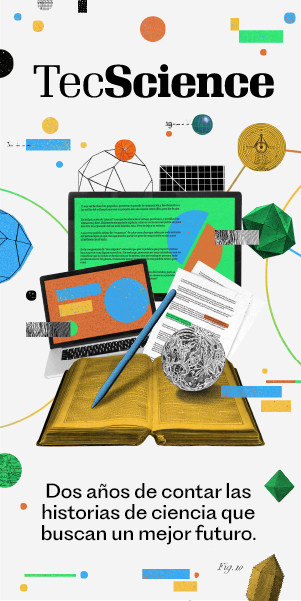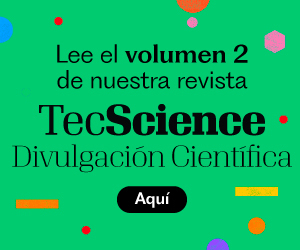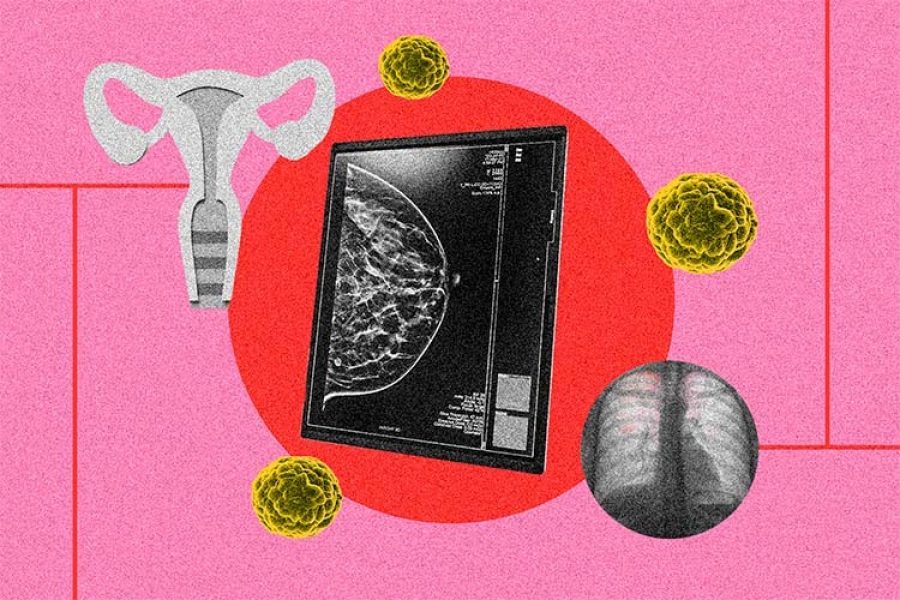By Mónica Casalet and Federico Stezano
Artificial intelligence has become part of everyday life. Yet access to it—and its development—still reflects deep inequalities, with significant consequences for power dynamics, geopolitics, and strategies of cooperation and conflict among nations.
For Mexico, the challenge lies in strengthening existing infrastructure and institutions, promoting a multidisciplinary debate, guiding industrial policy design, and developing advanced technological capabilities.
But how can Mexico harness the AI revolution to drive growth and reduce inequality? To explore this question, our study, “Artificial Intelligence in Mexico: Industrial Policy, Actors, and Digital Capabilities—Challenges in a Turbulent Geopolitical Landscape,” examined how the country is confronting the challenges of AI and digital transformation amid global technological competition and the restructuring of global value chains.
The research also underscores that AI is not only a technological model but also a social one—requiring both public and private debate. [1]
Mexico and the Global AI Boom
Terms like algorithm, machine learning, and ChatGPT are now part of daily conversation. AI is already embedded in phones, cars, hospitals, and factories. Over 73% of Mexican households have internet access, and more than 80% use smartphones.
In Mexico City and Nuevo León, internet penetration exceeds 84% [2]. By contrast, 89.4% of micro, small, and medium-sized enterprises (MSMEs) have fixed internet connections, and more than 60% rely on cloud services or social media for management and sales [3,4].
However, the figures look very different in states such as Chiapas (50.7%) and Oaxaca (55.5%) [5], illustrating that access to AI—and the technologies enabling it—is far from evenly distributed.
In research and applied AI, activity is concentrated in Mexico City, with little presence in the country’s southeast and northwest.
While Mexico contends with these regional disparities, major powers like the United States and China are pouring vast resources into AI development. According to Stanford’s AI Index Report 2025, private AI investment in 2024 reached $109.1 billion in the U.S. and $9.3 billion in China. [6]
A Technological Revolution Already Underway
The launch of tools like ChatGPT marked a radical shift: for the first time, millions could interact with an intelligent system in their daily routines. This sparked a surge in government and corporate investment in AI—yet left unresolved familiar questions: Who controls this technology? Under what rules? And what are its social and political implications?
AI is more than a passing trend—it’s a general-purpose technology, much like the railroad or electricity once were. It can be applied across virtually every economic sector: healthcare, transportation, finance, education, manufacturing, entertainment.
But like any powerful, far-reaching innovation, AI amplifies existing problems. If it’s trained on biased data, it reproduces inequality. If it’s deployed without regulation, it risks undermining fundamental rights.
Mexico faces the dual challenge of leveraging this technological revolution to fuel economic growth while narrowing social divides.
Drawing on official data and a political economy framework for innovation, our research finds that digital capacity depends on technological infrastructure and institutional frameworks. We examined the intersection of industrial policy and productive transformation across three levels: global, national, and regional.
Unlocking Potential Through Policy Design
Mexico is not starting from scratch. States such as Nuevo León, Querétaro, and Jalisco have consolidated industrial clusters integrating digital technologies into sectors like automotive, aerospace, electronics, and medical devices. [7]
The country’s universities and technology institutes are producing skilled talent and specialized research groups. In the Monterrey–Querétaro corridor, for instance, a Tec de Monterrey advanced manufacturing model uses AI and virtual reality to optimize robotic assembly, improve worker training, and boost regional productivity.
Yet beyond these technical achievements, the most advanced regions must help spread innovation nationwide. Mexico still operates as a patchwork of “knowledge islands” with limited connections to broader networks for innovation and technological development.
The State Digital Development Index reveals that only a handful of states possess the digital capacity to effectively adopt AI, reflecting a deeper structural issue in an unequal economy—where many small businesses lack infrastructure, trained personnel, and resources to innovate. [8]
Our research concludes that AI adoption cannot be decreed from above; it must emerge from an ecosystem of public-private collaboration focused on developing new skills—coding, data analysis, algorithm design, and the integration of AI tools into production processes.
The problem is that many of these skills are still absent from basic education and technical training programs. Mexican firms also face barriers in accessing talent and often depend on external providers or imported technologies applied as “plug-and-play” solutions that limit homegrown innovation.
To harness AI’s potential and reduce inequality, Mexico must design a coordinated industrial and technological policy that brings together government, business, universities, and research centers. This means:
- Investing in digital education from an early age, alongside specialized technical training in advanced technologies.
- Strengthening the country’s most dynamic industrial clusters and linking them to innovation programs to develop key economic sectors and boost high-value exports.
- Launching a national AI strategy with clear rules on privacy, cybersecurity, and risk assessment.
- Promoting public-private partnerships to build domestic capabilities and reduce technological dependence.
- Establishing a robust framework for digital governance—where the new Digital Transformation and Telecommunications Agency (ATDT) will play a pivotal role in guiding and coordinating efforts
References
- Casalet, M., & Stezano, F. (2025). Artificial Intelligence in Mexico: Industrial policy, actors, and digital capabilities: Challenges in a turbulent geopolitical scenario. En P. Figuereido & S. Zahara (Eds.), How to build digital technological capabilities: An emerging-market perspective (pp. 141–166). Edward Elgar.
- Instituto Nacional de Estadística y Geografía. Encuesta Nacional sobre Disponibilidad y Uso de Tecnologías de la Información en los Hogares (ENDUTIH), 2024. Reporte de resultados.
- Instituto Federal de Telecomunicaciones. (2024, octubre 24). Aumenta el uso de los servicios de telecomunicaciones y las TIC en MiPymes (2018–2023).
- Uc Castillo, J. L., Marín Celestino, A. E., Martínez Cruz, D. A., Tuxpan Vargas, J., Ramos Leal, J. A., & Morán Ramírez, J. (2025). A systematic review of Machine Learning and Deep Learning approaches in Mexico: Challenges and opportunities. Frontiers in Artificial Intelligence, 7, 1479855.
- Organisation for Economic Co-operation and Development. (2024). Índice de políticas para PyMEs: América Latina y el Caribe 2024. OECD Publishing.
- Stanford Institute for Human-Centered Artificial Intelligence. (2025). AI Index Report 2025. Stanford University.
- Stezano, F. (2025, junio). Ampliación del mapeo de las IAPT y de los programas que promueven IAPT en México. CEPAL-Chile y CEPAL-México. Inédito.
- El IDDE es un indicador que mide el desarrollo de capacidades digitales en las entidades federativas de México. En 2023, evalúa tres ejes: Infraestructura (cobertura, acceso, calidad y datos), Digitalización de personas y sociedad (uso de TIC, habilidades digitales, servicios digitales y gobierno digital) y Innovación y adopción tecnológica en empresas (nuevas tecnologías, ciberseguridad, comercio electrónico, economía digital e innovación). Índice de Desarrollo Digital Estatal 2023. Centro México Digital
Authors
Mónica Casalet — Ph.D. in Development Sociology from the University of Geneva, Switzerland. She is a research professor at the Latin American Faculty of Social Sciences (FLACSO) in Mexico, an emeritus member of the National System of Researchers (SNI), and a member of the Mexican Academy of Sciences (AMC). She has collaborated with institutions such as CONACYT, ECLAC, and the ILO.
Federico Stezano — Ph.D. in Sociology from FLACSO-Mexico and Level 2 member of the National System of Researchers (SNI). He is a professor and researcher at the Faculty of Higher Studies (FES) Acatlán, National Autonomous University of Mexico (UNAM), and has previously taught at UAM, FLACSO, Tec de Monterrey, INFOTEC, and COLSAN. He served as an Economic Affairs Officer at ECLAC-Mexico in 2020 and 2021.














